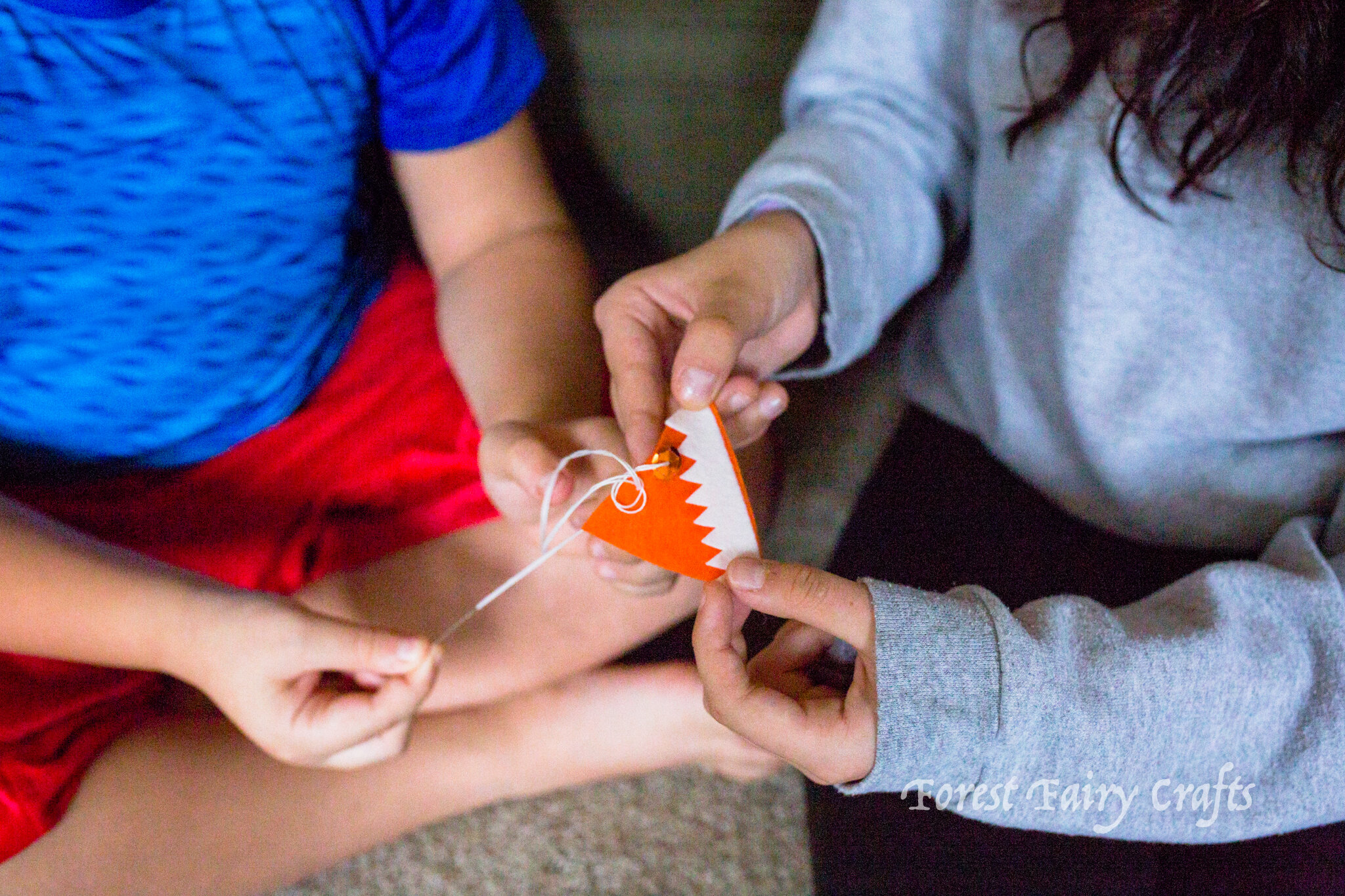
What is Handwork
When we first told children about handwork class, they may have been confused or even concerned. “Work? Why?” they might say. And, after a few times of seeing it on the schedule, they eagerly looked forward to handwork. And part of that was demystifying the question of what is handwork?
And we could unpack why “work” elicits a “noooo” in itself, but that’s another discussion. Instead, I want to share what Handwork means so as you search for activities and projects online, you have another search term to help you discover more ideas.
Handwork, simply, is work with your hands. And by “work,” is simply means “making things with your hands.” Handwork could be sewing or beading or knitting or weaving. In theory, it could also be whittling or sculpture or making machines. In the context of handwork in early childhood, handwork usually refers to making things by hand with fabrics, thread, and/or yarn. It tends to be soft materials. But the principles could be applied to other mediums as well.
A few simple, maybe obvious things, is that handwork uses the hands, preferably both hands. This is different from the usual schoolwork that usually emphasizes skills with a writing or drawing hand. In handwork, one hand holds a needle while the other holds material (eventually, for young-young children we hold the material for them, precisely because it’s hard for their brains to regulate two hands doing two different things). I’ll write another post about how two-handed activities build brain connections soon. In an easy sense, handwork encourages body awareness.
Handwork is a creative activity that encourages children to create and make things. The things you make can be fun like toys or decorations. And they can be useful like pencil bags or pouches. Handwork empowers children to see real-world results from their efforts. And the results may not be as tidy as a store-bought equivalent, especially at first, but that shouldn’t matter. To bring something into the world that can be played with or gifted is so empowering for everyone.
Handwork can also be an activity that isn’t meant to last forever. It can be lacing cards or beading that is unstrung after reaching the end of the thread. It doesn’t have to be a keepsake every time.
And eventually handwork moves from a high-concentration, active-thinking activity into an intuitive, calming activity that is perfect for background engagement. We always let students finger-knit during storytime. Some students listen much better when their hands are occupied.
The internet shares an abundance of ideas for handwork. Of course we collect many on our Pinterest Board called Handwork for Children. If you’re new to the idea of handwork, most children love creating friendship bracelets. You can make braided or beaded bracelets with only a few supplies.
Something that I don’t often see discussed in “What is Handwork?” is the context of how handwork helps all of us develop persistence and resilience. Handwork helps children encounter frustrations such as a tangled thread or not understanding how a knot could possibly ever knot. Handwork encourages working through challenges in a way that genuinely shows progress.
If you start with a search for Handwork, you’ll find a lot of information to inspire you to start activities. And then you can narrow the idea to what inspires children in your world. Maybe weaving or knitting or embroidery. We would often start with finger-knitting, with one strand (shown in the first book). Then, as children mastered that, we would sew a simple something. And then we would combine mixing and matching so children saw different ways to use what they created. And early easy project was a bookmark (and friendship bracelets). One way that I like to find activities (besides looking in our books of course wink, wink) is to tap on an activity on Pinterest, then scroll through related pins to find similar projects.
And my last thing about Handwork was that, in our handwork, we gave students a lot of room to bring their own “voice” to a project. Three sequins or thirty sequins or all blue sequins would create projects that reflect the maker (or handworker?). We did say that that a student did need to invest a set amount of time before saying, “done,” which was important especially when they were first learning, because they might need to keep at practicing before it became more comfortable. Another strategy for reluctance was that they didn’t have to sew, but they couldn’t do anything else either. They needed to sit with their project whether they worked on it or not. After a few minutes of sitting and staring at their project, students would sigh and pick it up to sew more. We rarely needed to lean into the “time investment,” though. Usually, we had to encourage students to stop, haha.
How do you define handwork in your home or classroom? We sure found that once children learned what handwork meant, they asked for it daily, which also meant that they began to change their ideas about “work”. Which may be a great life lesson as well. Speaking of, it’s not only children that enjoy handwork. We can all use a little handwork in our daily schedule :)
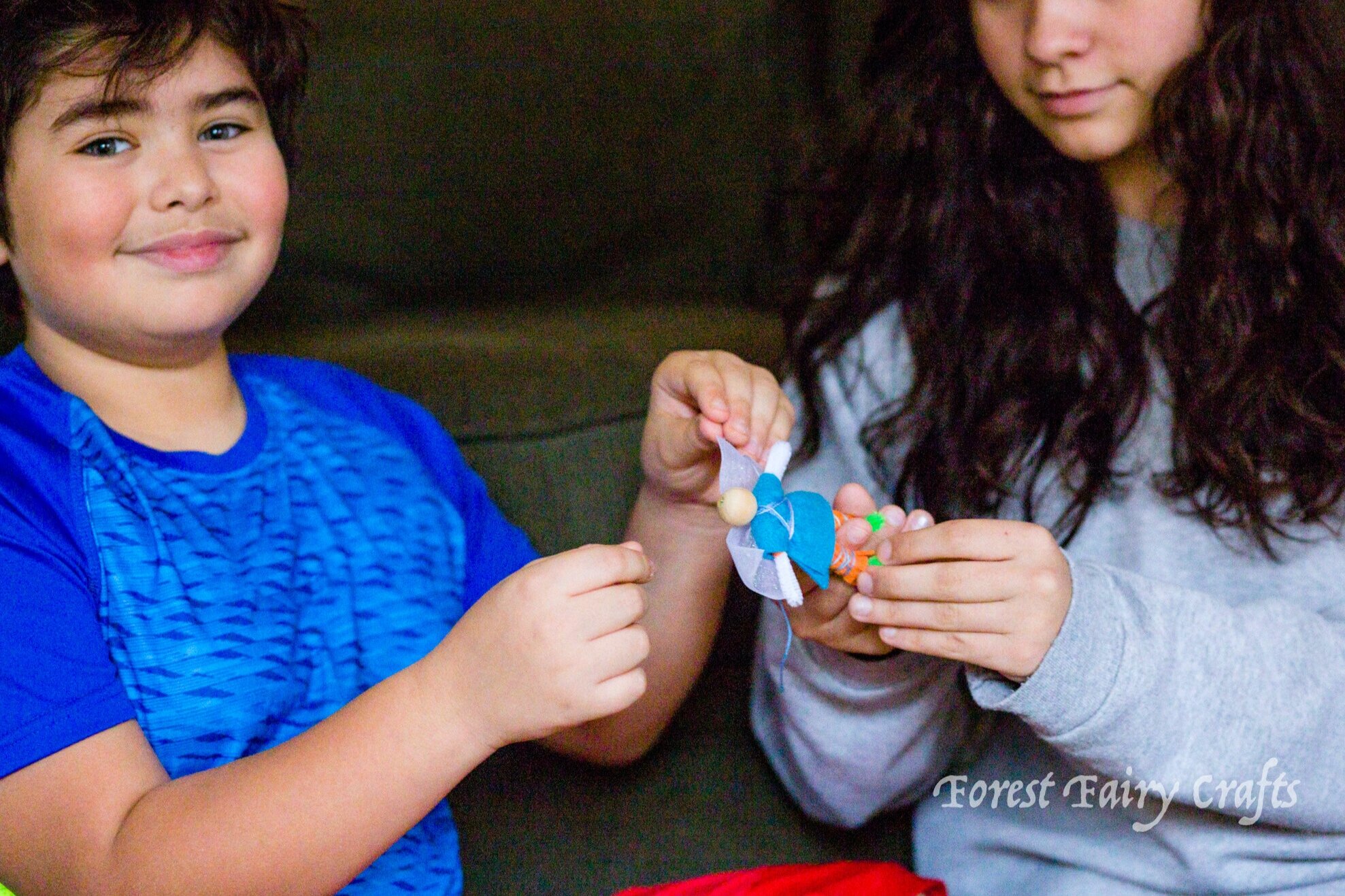
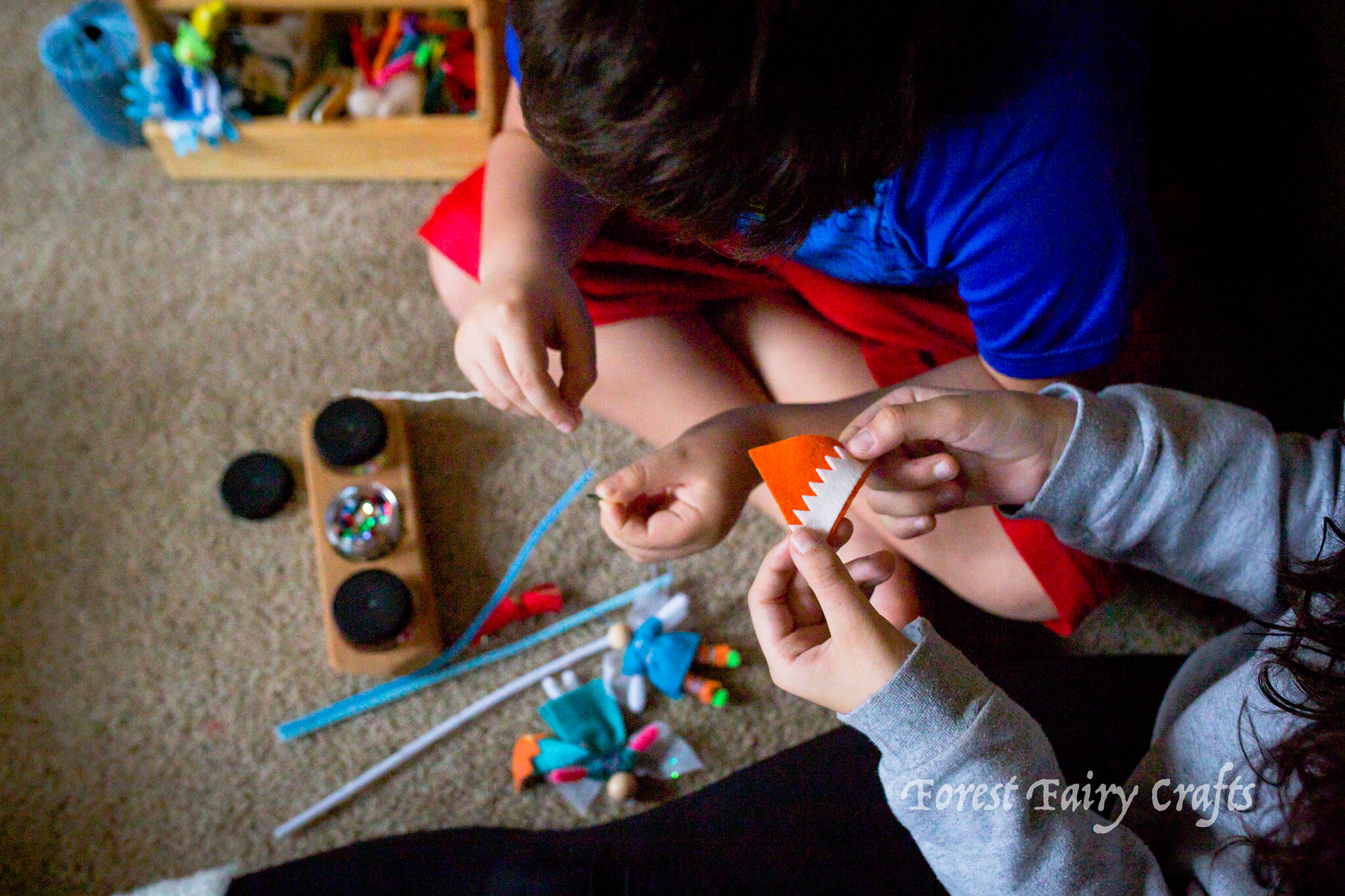
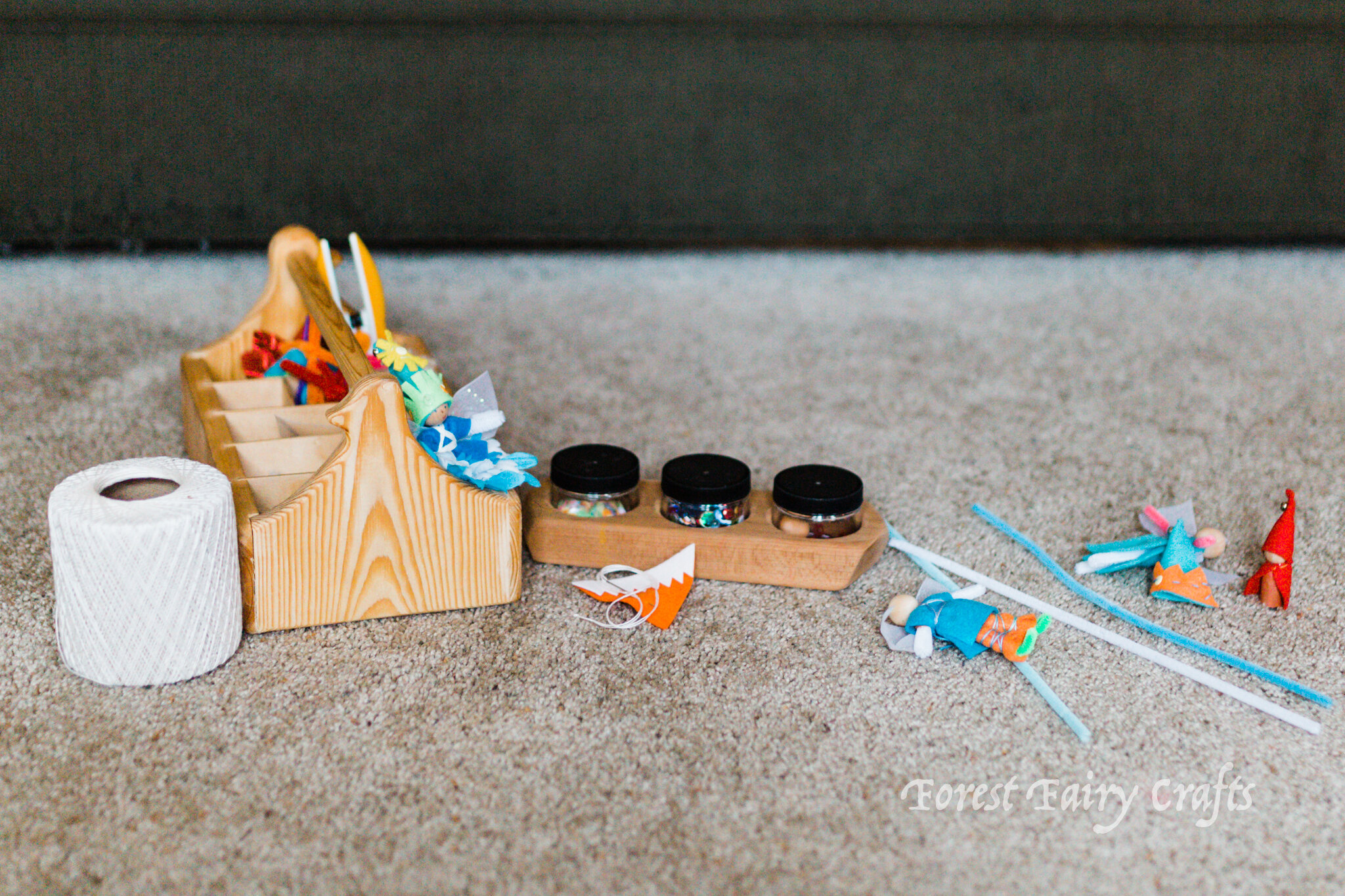
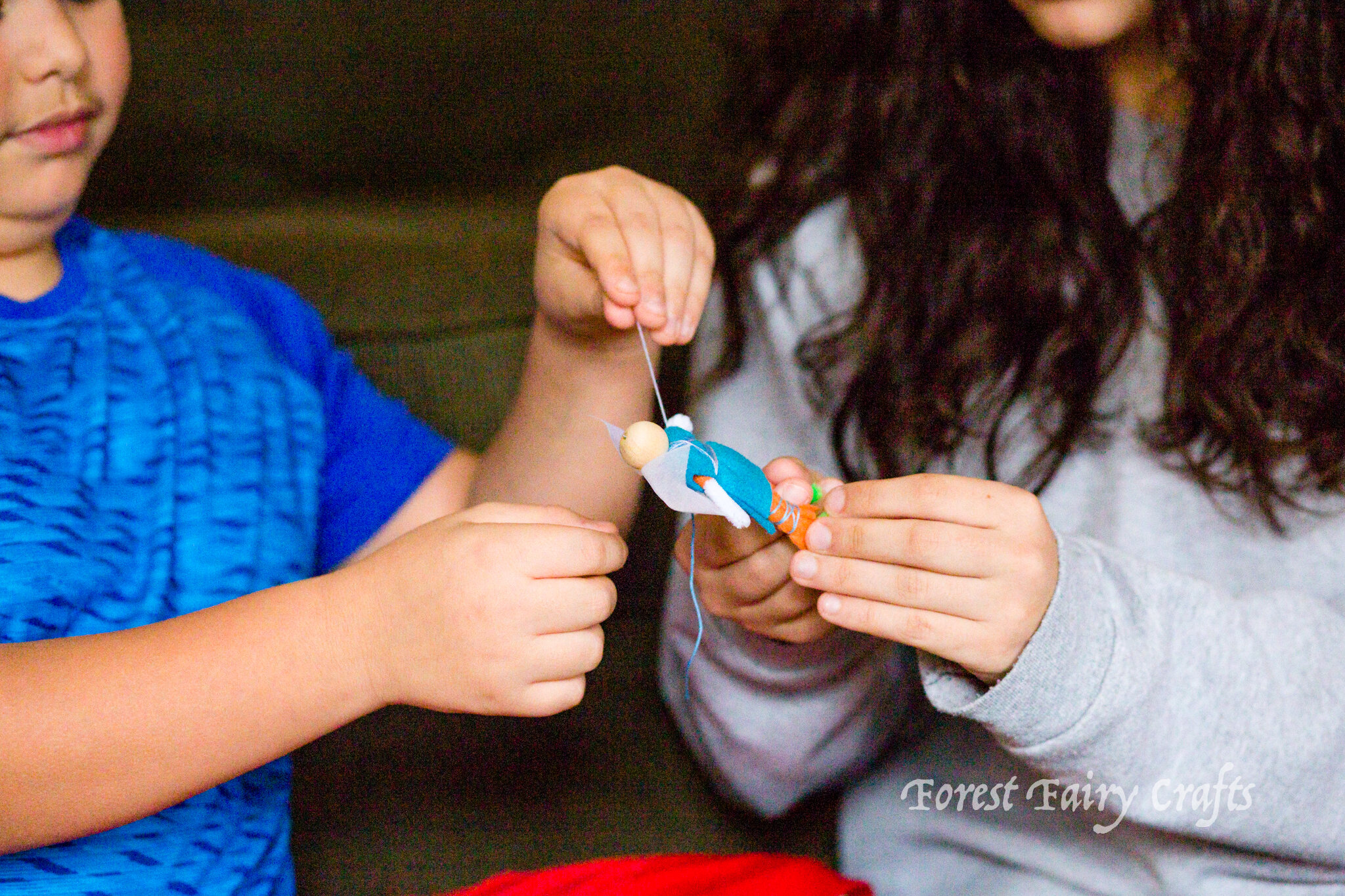
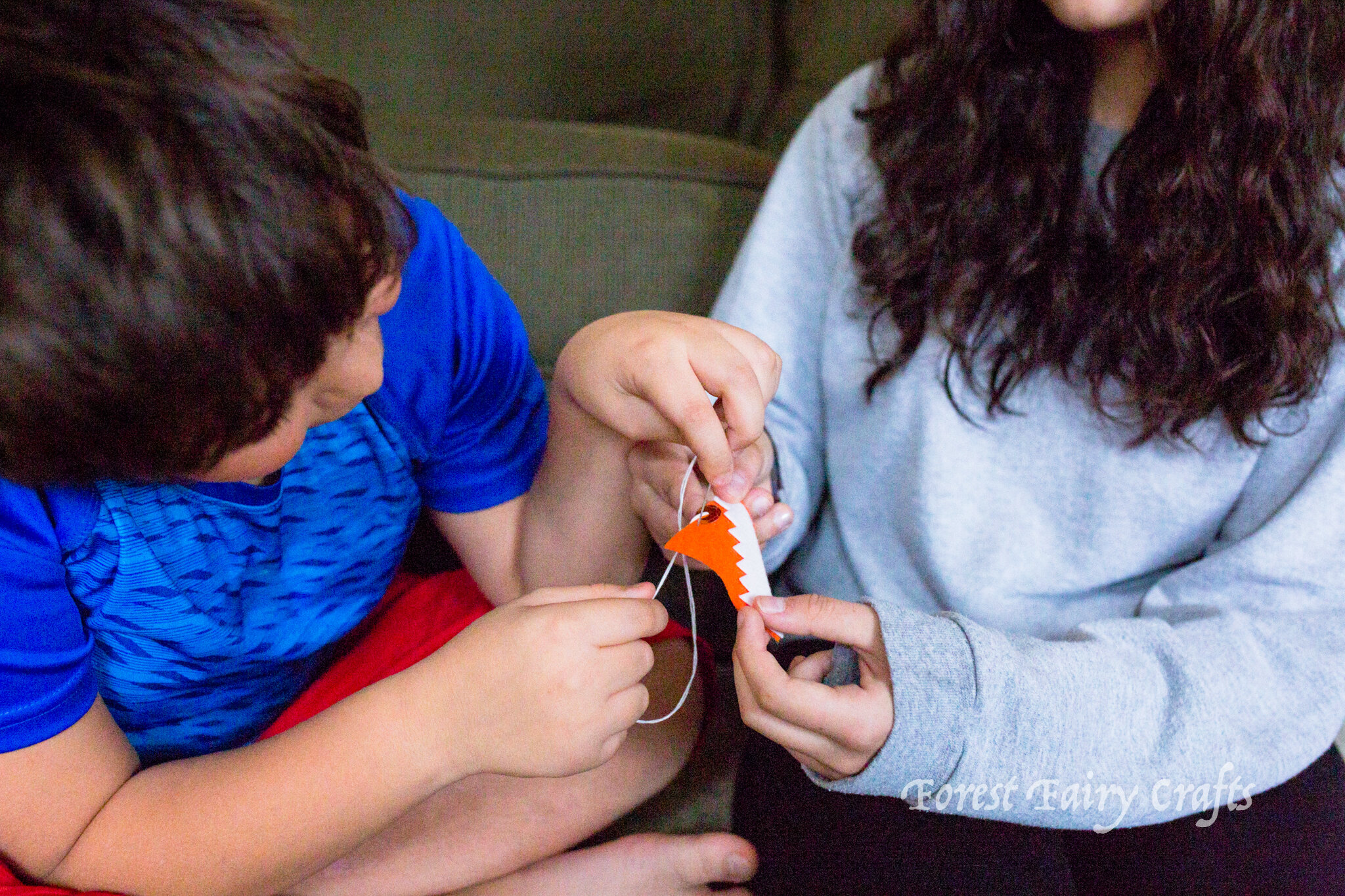
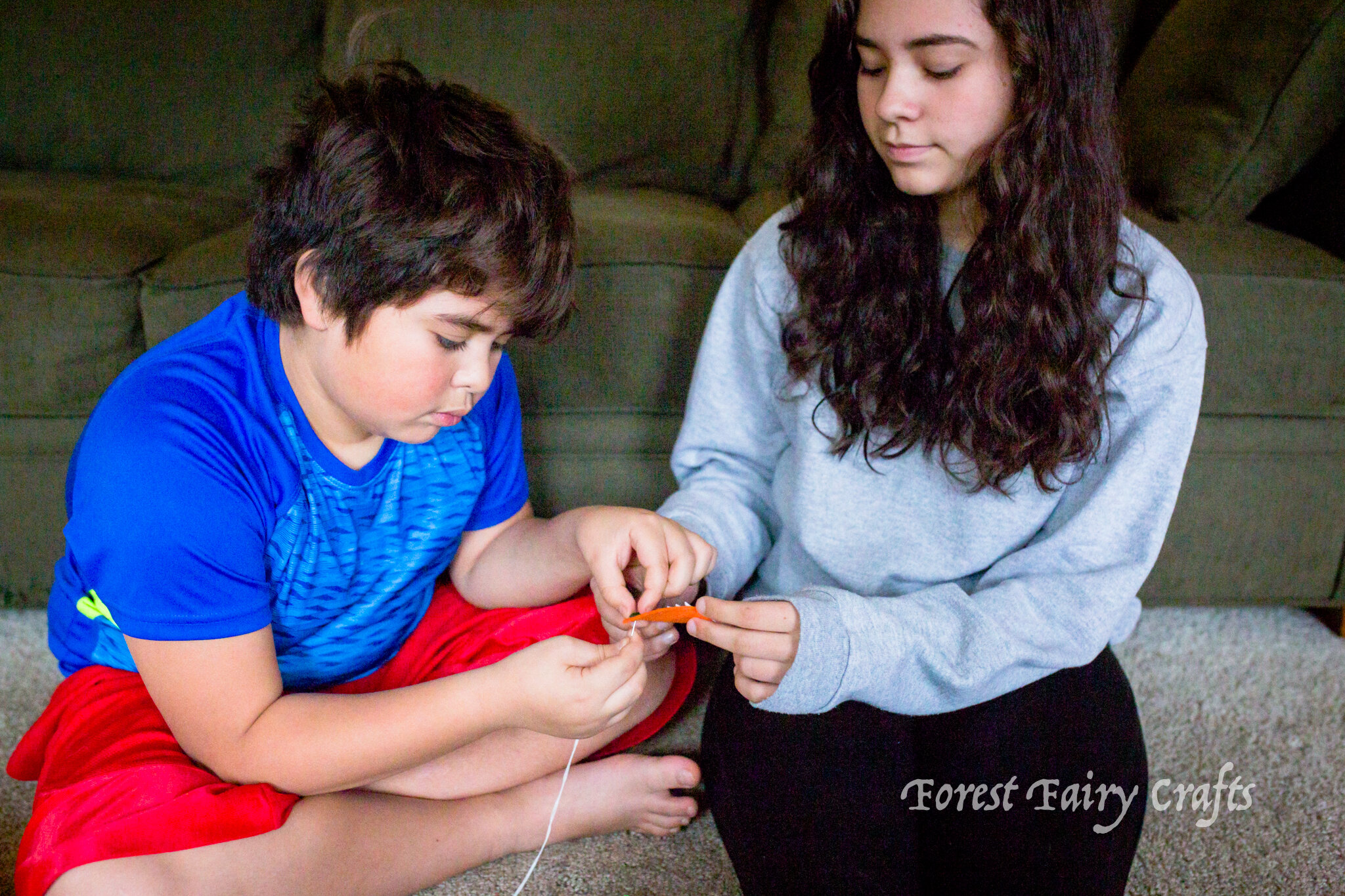
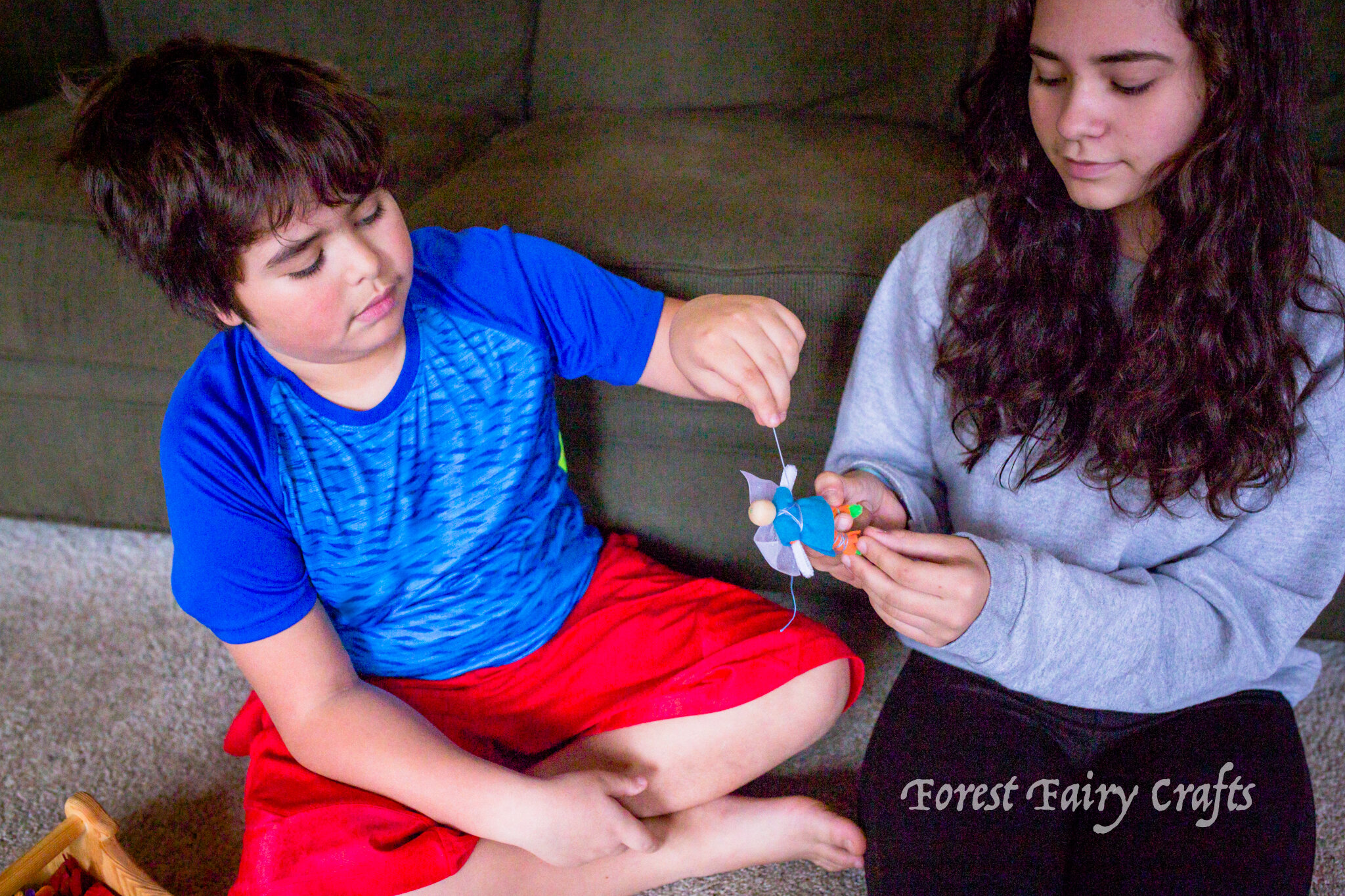
Magic Wands with Yarn
So simple and so fun for the class today. I collected fallen branches about a foot in length. I brought sandpaper, yarn, and a few beads to class. Students chose the branch that "spoke" to them. They could use sandpaper to smooth rough patches. A few spent ages making their sticks all smooth.
I showed them how to tie a knot around the branch- the short end dives through the loop, wrapping around the long end. I showed them how to hide the short tail by wrapping around it. We discussed layering colors and adding beads. I said they could fingerknit then wrap the knitted chain. They wanted to engage quickly so no one tried that. Another day :)
Their wands went home with them today, all unique and beautiful! Just like the children :)

